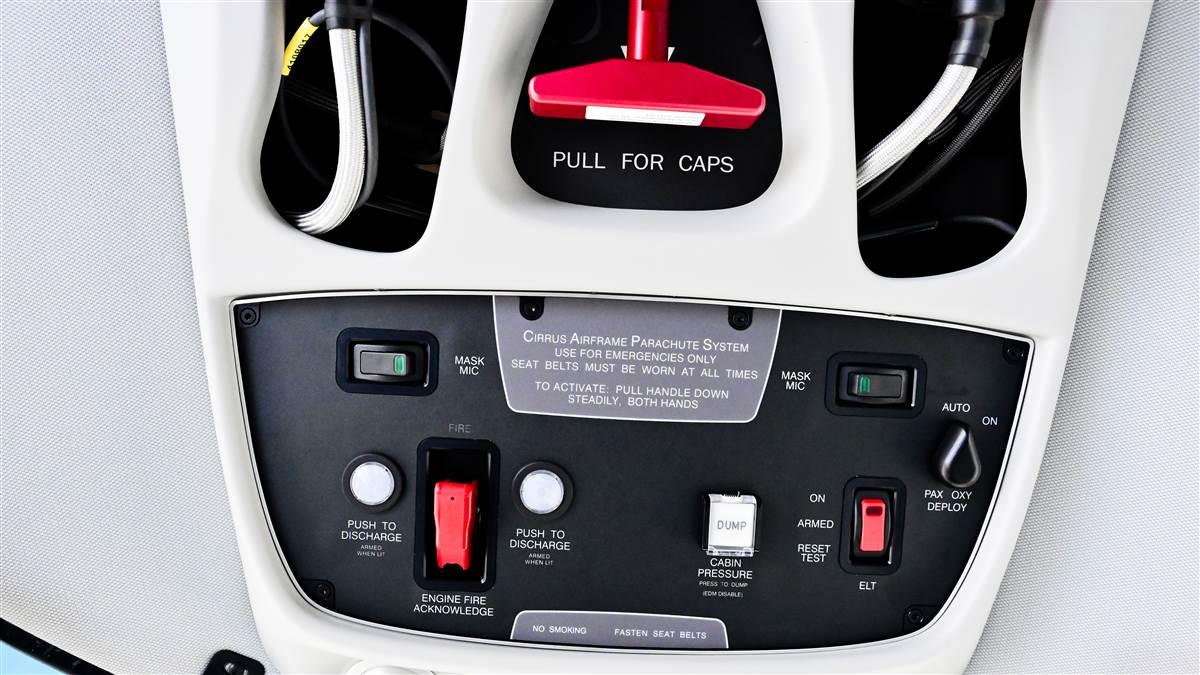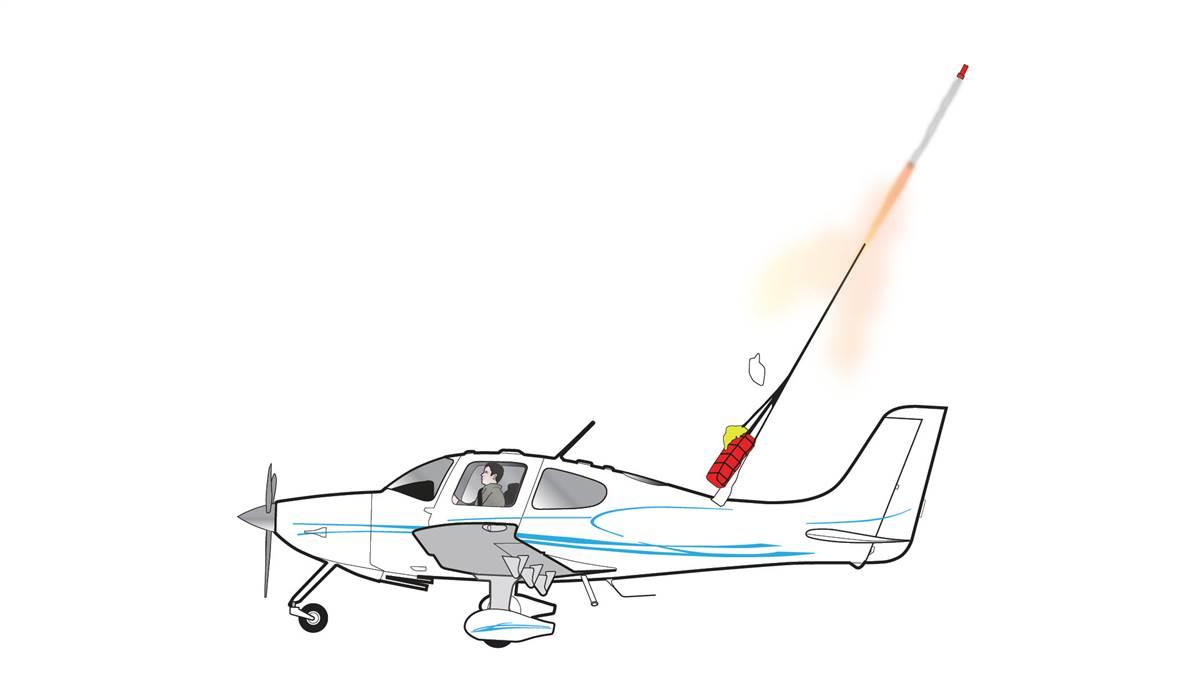CAPS
New standard in flight safety
After surviving a midair collision in 1985, Cirrus co-founder Alan Klapmeier set out to implement one of the most revolutionary pieces of aviation safety technology the world has ever seen into all of his company’s aircraft: the Cirrus Airframe Parachute System (CAPS).


Weighing in at just 75 pounds, the CAPS is a ballistic parachute recovery system that can be deployed in the case of an emergency and slowly float an entire aircraft to the ground. As of December 31, 2024, the parachute system has been credited with saving the lives of 269 people across 132 deployments.
First implemented into all Cirrus aircraft in 1998, CAPS was the general aviation industry’s first parachute system produced in an FAA-certified aircraft. Today, Cirrus remains as the only aviation company to include a whole airframe parachute as standard equipment on all certified aircraft models.
The first CAPS save was recorded on October 3, 2002, just four years after the system’s implementation. A pilot flying solo in a Cirrus SR22 experienced loss of aileron due to improper maintenance but was able to maneuver to a safe area and deployed the CAPS to softly land at a nearby golf course. The pilot was uninjured, and the airplane was able to be repaired, returning to fly shortly after the incident.
General aviation pilots took note of the life-saving technology and Cirrus sold a new record high of 355 SR22s during the following year.

The first ballistic whole airframe parachute was developed by BRS Aerospace, which created whole airframe parachutes that could be fitted into a wider variety of aircraft, including many light sport aircraft and a retrofit for the widely popular Cessna 172.
Whole airframe parachutes, like CAPS, are ever evolving and manufacturers are learning from each instance of their deployment. Of CAPS deployments where pilots or passengers were injured, the vast majority occurred at low altitudes, or the pilot deployed the parachute late.
According to Cirrus, the CAPS should be deployed at or above 2,000 feet agl. However, if no other survivable alternative exists, the CAPS should be deployed regardless of altitude. For the best possible outcome of any deployment of the parachute, Cirrus advises that pilots should “pull early and pull often.”
The legacy of the CAPS is a testament to the power of innovation driven by personal experience and a deep commitment to safety. What began as one man’s mission to prevent future tragedies has evolved into a transformative technology that continues to reshape general aviation.
With more than 35,000 aircraft equipped with whole airframe parachute systems globally, the technology is not just a backup plan, but a new standard in flight safety.



